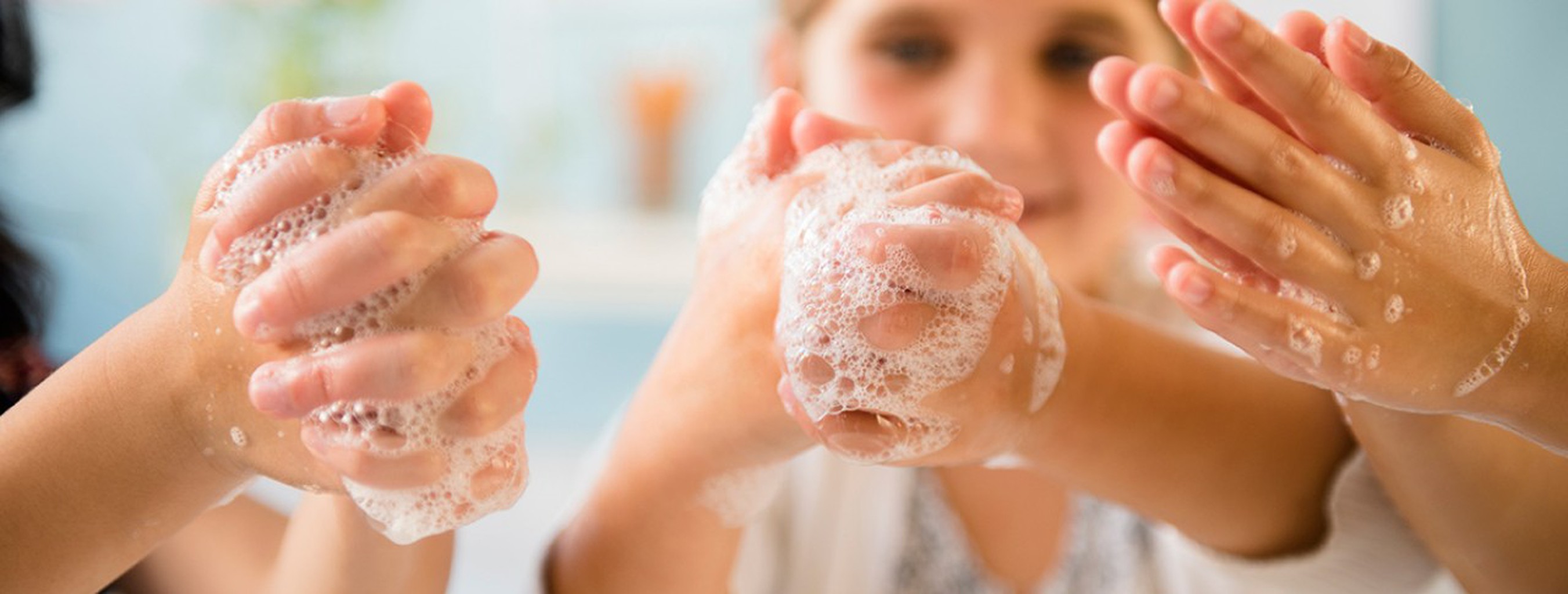Post -Covid life ; Simple Precautions to Keep Safe
Fri June 12th 2020

Simple Precautions to Keep Safe
Some of the simplest measures are the most effective in battling
this virus so we take this opportunity to remind families about some of the
basics, and point you towards some fun resources that might be helpful to
reinforce these with your children in the home and at school.
Hand washing
Primary advice from health officials across the globe has been to wash hands thoroughly and frequently. If we can reinforce this simple message to all Kiwi’s this will have a huge effect in reducing risks.
https://covid19.govt.nz/covid-19/how-were-uniting/wash-your-hands/
When to Wash Hands -Wash hands regularly, especially
- after blowing your nose, coughing, or sneezing
- after visiting a public space, including public transport, markets, and places of worship
- after touching surfaces outside of the home
- after touching money
- before, during and after caring for a sick or vulnerable person
- before and after eating.
Always wash your hands:
· after using the toilet
· before and after eating
· after handling rubbish
· after touching animals and pets
· after changing babies’ nappies or helping children use the toilet
· when your hands are visibly dirty.
How to Wash Hands
Simple steps, done thoroughly with no shortcuts, is all it takes:
Stop Touching Your face
One of the more difficult challenges has been to teach people to stop touching the facial mucous membranes — the eyes, nose and mouth, which are all entry portals for the new coronavirus and many other germs. Scratching the nose, rubbing your eyes, leaning on your chin and your fingers go next to your mouth — there’s multiple ways we do it and it is so difficult to break these habits. We are all guilty of this bad habit.
A 2015 study on face touching documented the alarming number of times medical students touched their faces whilst attending a lecture, the researchers filmed them and counted the number of times they touched any part of their faces. Over the course of an hour, students touched their faces, on average, 23 times. Nearly half of the touches were to the eyes, nose or mouth — what infectious disease researchers call “the T-zone.”
To understand why hand hygiene and face touching can make a meaningful difference during a pandemic, consider how a virus can spread. An infected person rides in an elevator, touching buttons both outside and inside the elevator or maybe sneezing during the ride. When that person leaves, microscopic droplets containing the virus stay behind. The next people who press the same buttons or touch a surface pick up the virus on their hands, then scratch their noses or rub their eyes.
If we can train ourselves to break this habit it would reduce our risk of infecting ourselves. Hand sanitisers are more readily available than ever in public places now – make sure you help yourselves to these frequently when out and about.
How to Teach these principles to Children
A great resource to reinforce the key points of a ‘clean hands and hand
awareness’ message to children can be found in ‘Henry the Hand’
The Henry the Hand Website https://henrythehand.com/ provides a whole toolkit for families . Including free video, reward charts and poster resources that can also be used in a classroom setting as fun and effective means of raising hand hygiene awareness.
The program also reinforces the importance of Not touching the face. If you have concerns about your child’s school or preschool understanding hand hygiene – point them towards this website.
IDFNZ Parents wanting a free Henry the Hand, 16 page colouring book and poster can email info@idfnz.org.nz .
